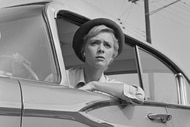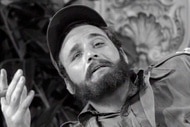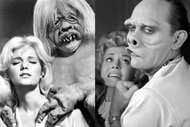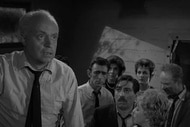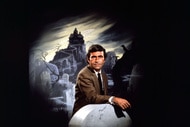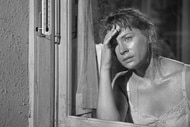Create a free profile to get unlimited access to exclusive videos, sweepstakes, and more!
How Rod Serling's Brother Helped Make a Classic Twilight Zone Episode Soar
One of Rod Serling's most famous Twilight Zone scripts was a family affair.
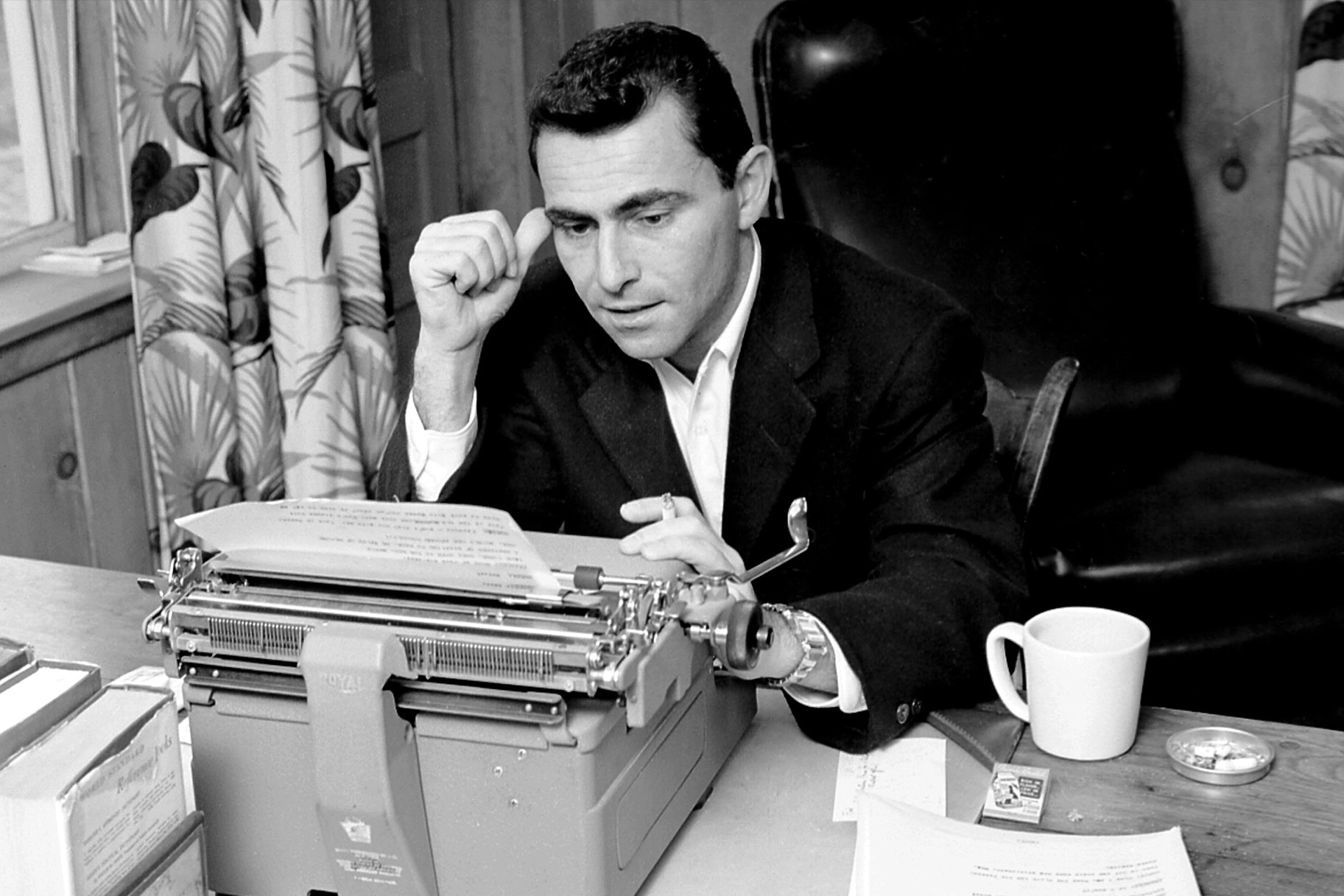
The great Rod Serling is today remembered as one of the most important writers in the history of television and genre storytelling in the 20th Century. Whether he was adapting the work of others or coming up with original stories, Serling was always chasing a big idea that would work well onscreen, but he wasn't always alone. In fact, on at least one occasion, his writing became a bit of a family affair.
Debuting on February 24, 1961, "The Odyssey of Flight 33" arrived near the middle of Season 2 of The Twilight Zone (airing regularly on SYFY), and remains one of the show's most ambitious and unforgettable efforts. The story concerns the crew of an airliner who discover to their horror that they've caught a strong tailwind that's accelerating them to impossible speeds. When they finally slow down, they descend to discover that they've arrived in prehistory, where New York City is nothing but wilderness populated by dinosaurs. Desperate to get home, the crew has no choice but to try to catch the tail wind again and hope for the best.
Directed by Justus Addiss from Serling's original teleplay, "The Odyssey of Flight 33" actually began not with a story idea, but with a piece of mail. According to Marc Scott Zicree's The Twilight Zone Companion, Serling had received an offer from American Airlines in the form of a brochure. The airline, it turned out, had a replica of the cabin for their 707 aircraft which had previously been used for flight attendant training, and was now being offered to film and television crews on the West Coast who were shooting scenes on airplanes. Serling's brother, Robert J. Serling, happened to be visiting at the time, and remembered Rod sitting in the passenger seat of the car, brochure in hand, thinking to himself. Finally, he pitched his brother the idea of a plane going so fast that it broke through a "time barrier" and into the age of the dinosaurs.
For More on The Twilight Zone:
How the Real-Life Trial of a Nazi War Criminal Inspired a Twilight Zone Episode
How an Actor's Real-Life Injury Made One Episode of The Twilight Zone Even Creepier
Rod Serling's Daughters Reveal Their Favorite Episodes of The Twilight Zone
Rod Serling's Brother, Robert J. Serling, Helped Write The Twilight Zone Episode "The Odyssey of Flight 33"
With the seed of the idea in place, Rod Serling began work on what would become "The Odyssey of Flight 33," but he wasn't done talking to Robert about it. Serling's brother, it turns out, was an aviation expert and writer working for United Press International at the time, so when Rod needed proper technical dialogue for a flight crew trying to navigate a time barrier, he called up Robert and asked for help.
"He calls me up about two weeks later –– I was back in Washington –– and he says 'Hey, I need cockpit dialogue for that jet that goes back in time,'" Robert Serling recalled in The Twilight Zone Companion. "I said, 'You need what?' 'Cockpit dialogue, what happens in the cockpit when they pick up the tail wind.' I said, 'Rod, you've got an impossible, implausible situation to begin with, so how in the hell can I give you cockpit dialogue?' He said, 'Well, give me something about the radio checkpoints they try to reach, something about what would be happening in the airplane, the groundspeed versus the true airspeed and all that stuff.' I said 'Okay, I'll try.'"
Fortunately for Robert, he knew a pilot friend who lived nearby, and invited him over to work out Rod's problem.
"He came over to the house one night and I guess we killed a bottle of bourbon between us and came up with the dialogue in the cockpit," Robert Serling said, according to The Twilight Zone Companion. "I kept telling him the story and we'd act out the roles. Then I called Rod back –– I never could write to him, I always had to call him, he was always in a hurry –– and gave him the dialogue over the phone."
He added, "Somewhere, he's got letters from some pilots who said it was the most technically accurate piece that anybody had ever done on an airplane flight. It was. The checkpoints were perfect; the dialogue was just what a crew would say."
So, the next time you see "The Odyssey of Flight 33," just remember that not one, but two Serling brothers were in on the writing process.
The Twilight Zone airs regularly on SYFY. Check the schedule for more details.


